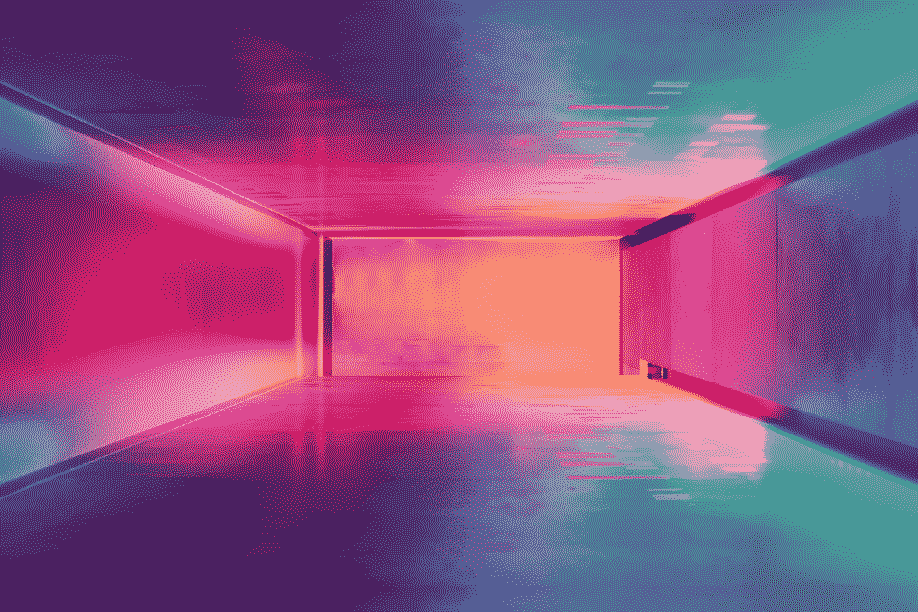The acronym for computer-aided design, a CAD printing system combines hardware and software to allow workers across an ever-expanding range of fields to produce drawings in immaculate detail.Available in colour and black & white, these systems are used by many different types of professionals - with engineers and architects just two of many parties who have benefited from its introduction. Speed up to present day and CAD printers are fully digital, capable of showcasing design specifications as the creator intended.Up until the mid-1980s, CAD technology could only be found in specially constructed computers. However, companies can now run this software off any personal computer, making the technology all the more affordable. CAD can be used in many different manufacturing operations, but it's in printing where the technology has really taken off.
No middleman
When CAD replaced the drafting board, there was a fundamental shift in the printing process. Not longer did companies have to consult with designers to see whether they could add anything to their master drawings. The print may have been handed onto a tracer or even an inker for further inspection, but CAD has created a seamless connection between drawer and print.The digital systems of today allow prints to be laid out in full, meaning that something will not make its way off the press until it's ready. Designers can present their view of things as they see it without having to let other parties in on the secret. That's what a grand unveiling is for, right?
Productivity
This has increased the productivity of designers, as they don't need to consult with as many people to ensure they can deliver an accurate print. Even some of the cheaper CAD printers can produce materials in under a minute, while top-end machines are capable of even speedier times. Professionals in this line of work have been given the tools to succeed and are now the only ones who can ensure their projects get delivered on time.
Quality
The quality of prints produced by CAD machines has come on immensely over the last ten years. No longer is drawing something manually a competitor to the quality of a digital print, as machines now guarantee vibrant, high-impact images on every request. A 2400 x 1200-optimised dpi resolution can be achieved with some of the best machines, which deliver performance way beyond the designer's expectations.
Communications
With the improved quality, it's not hard to fathom that communications through documentation are boosted as a result. Designers can lay out their vision without having to respond to numerous questions regarding a lack of detail. In theory they can cover their backs by using CAD to produce a highly-detailed view of the subject, including anything they wish. With this in mind, it's not hard to see why CAD is making waves across the print industry.
